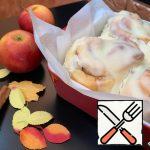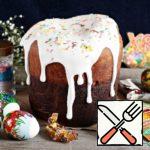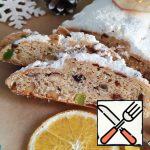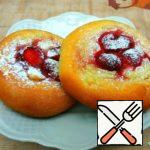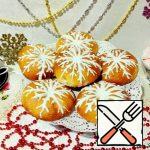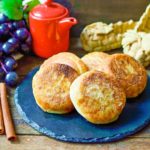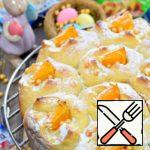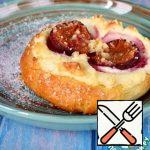Butter can be melted using either a microwave or a water bath. Here's how to do it:
Microwave Method:
Cut the butter into small pieces and place them in a microwave-safe container.
To prevent splattering, cover the container with a paper towel.
Heat the butter at the lowest power setting or in defrost mode. Start with short intervals, such as 5 seconds.
After each interval, check if the butter has melted. If not, continue heating in 5-second increments until melted to your desired consistency.
Water Bath Method:
Get two containers of different sizes. Fill the larger container with water and heat it on the stove.
Place the smaller container on top of the larger one so that it's partially submerged in the water.
Add the sliced butter to the smaller container.
As the water boils, the butter will start to melt. Stir the butter occasionally to help it melt evenly.
Once all the butter pieces have dissolved completely, remove the container from the stove.
Remember, baking recipes may require adjustments in flour amounts based on dough consistency rather than strictly following the specified quantity.
Also, keep in mind that oven performance can vary. Cooking times and temperatures may need to be adjusted accordingly to ensure successful baking.

























